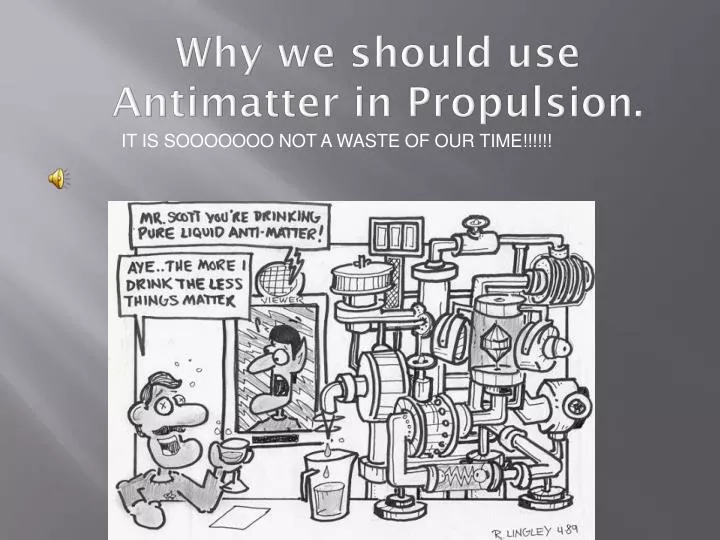

Litchfield argues that research in chemical rocketry should still constitute the major effort of NASA research, especially towards generating fuel at the destination planet, rather than carrying it all on board. But after 90 years of development, further engine refinements aren’t expected to lead to major improvements in terms of thrust (these rockets are fundamentally limited by the energy held in chemical bonds). Chemical rocketsĬhemical rockets were the powerhouses of the space age. Here’s a rundown of the kinds of technologies that NASA is looking at to propel the next generation of spacecraft through the cosmos, roughly running from least to most speculative.

But he also recommended a “modest” investment to research more speculative, far-reaching technology. Litchford recommended research to improve conventional systems, such as chemical rockets, electrothermal engines and ion drives. In a presentation to the American Astronautical Society in February, NASA engineer Ronald Litchford laid out a development strategy for propelling spacecraft to the furthest edges of the Solar System – and beyond. Ion drives, solar sails, fission and fusion … some of the ideas for powering the next generation of spacecraft have an aura of sci-fi about them, so it can be a giddy surprise to see NASA takes them seriously too.


 0 kommentar(er)
0 kommentar(er)
